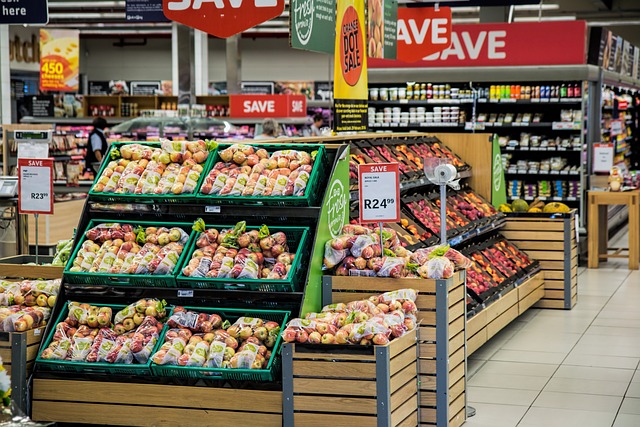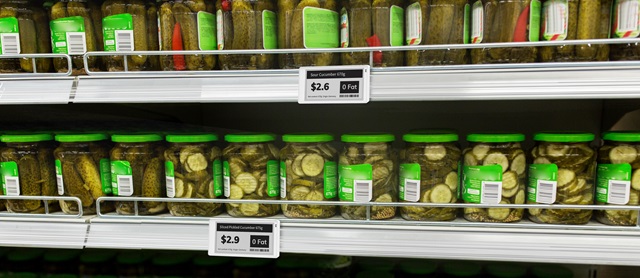In order to meet the diverse needs of consumers and the rapid development of the Internet, brick-and-mortar retail has had to undergo digital transformation. Digital transformation aims to help retailers operate intelligently, such as automated warehouse management.
Shelves are an important part of brick-and-mortar retail stores, and the paper price tags used on merchandise shelves usually require employees to manually fill out, print and paste them, and it takes at least two minutes to manually change a price tag. For some large supermarkets may be more than a few thousand kinds of commodity labels. This process is not only labor intensive but also very prone to errors. If there is an intelligent solution to replace paper labels, it is digital price tag.

What is digital price tag
Digital price tags have actually been around for a long time, and they are a type of wireless electronic display converted to shelf design.

How it works
Digital price labels require a combination of software and hardware to work. The e-ink screen is the core of the hardware, and through the control system, wireless technology is used to transmit the information that needs to be changed to the corresponding e-ink screen labels to update the information, a process that usually takes only a few seconds.
Advantages
First of all, real-time updating of digital price labels saves a lot of manpower as employees no longer need to focus on tedious replacement work but can spend more energy on meeting customer needs. U-Talk inventory management is also an important feature to improve efficiency.
Second, paper label usage is reduced, reducing long-term manufacturing and labor costs. The short-term costs of implementing digital price tags may be the reason many businesses give up, but in the long run, digital price tags are investments that can yield a high rate of return.
Additionally, digital price tags clearly allow for an improved image of brick-and-mortar retailing, the experience and satisfaction for the customer is a potential impact of digital tags, and the use of digital price tags to stimulate sales in conjunction with information about promotional activities is also one of the benefits of choosing digital tags.
Finally, the implementation of digital price labels will eliminate the production of more paper labels and achieve sustainable development.
Future Developments
The combination of Artificial Intelligence (AI) and Big Data may bring more possibilities for digital price labels, for example, analyzing market changes through Big Data and ai detecting competitors' pricing strategies to make dynamic adjustments to their own pricing. On the other hand, ai can help merchants optimize inventory management, and combined with digital labels can automatically adjust prices based on inventory levels.
Consumer behavior is constantly shifting, and providing a seamless shopping experience is critical in a competitive market. Physical retail digital price tags will play an important role in the digital transformation of snack stores











